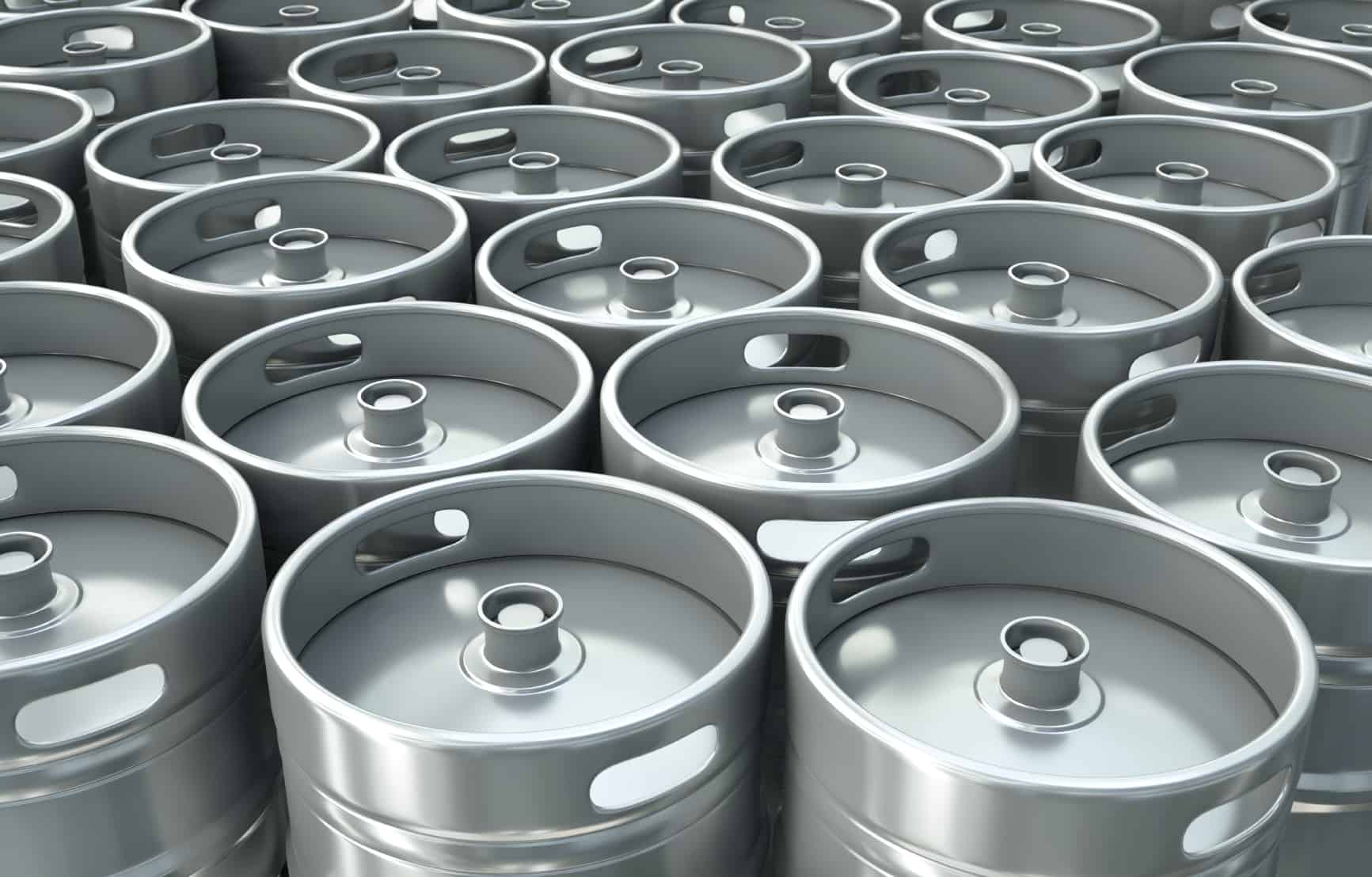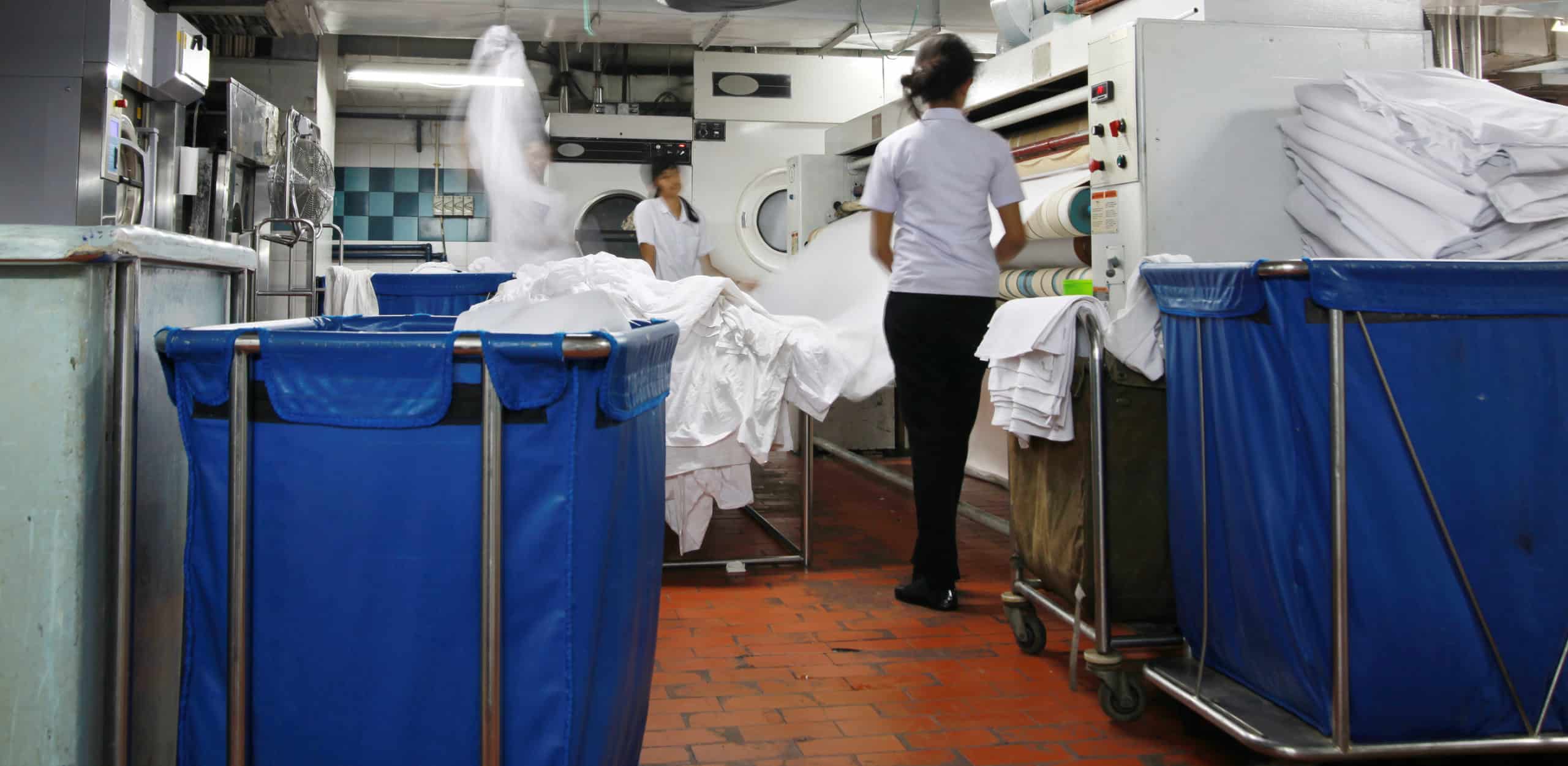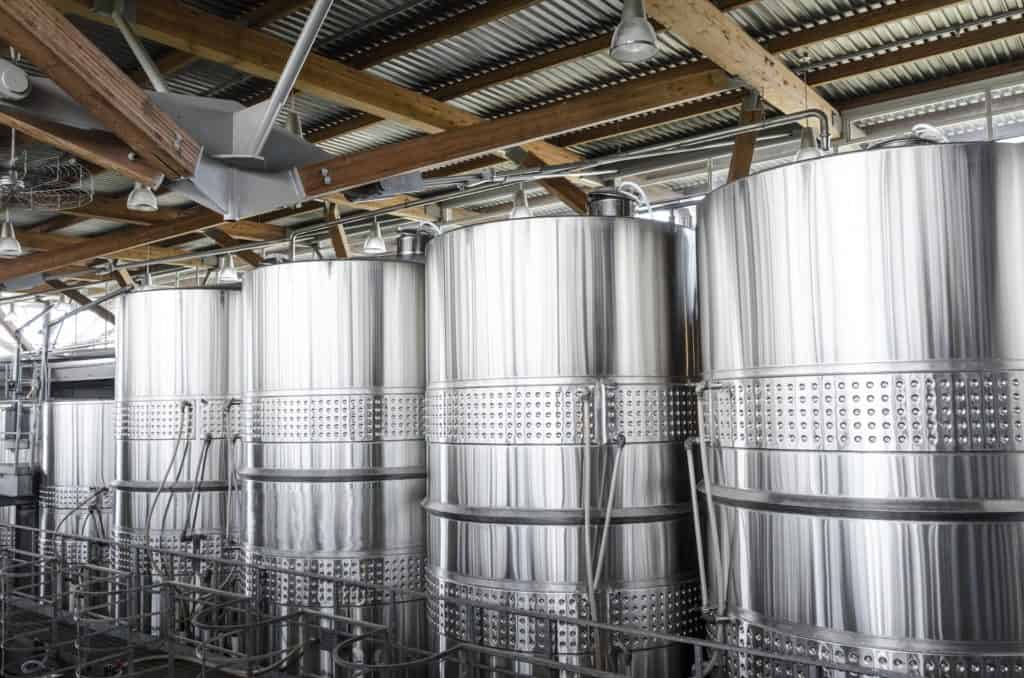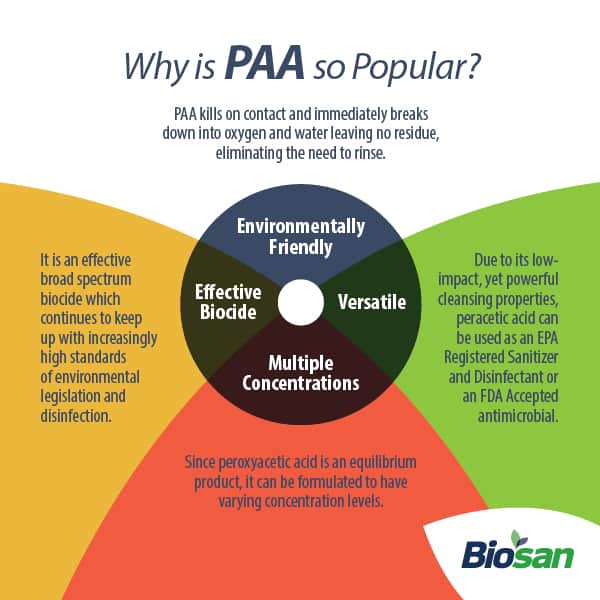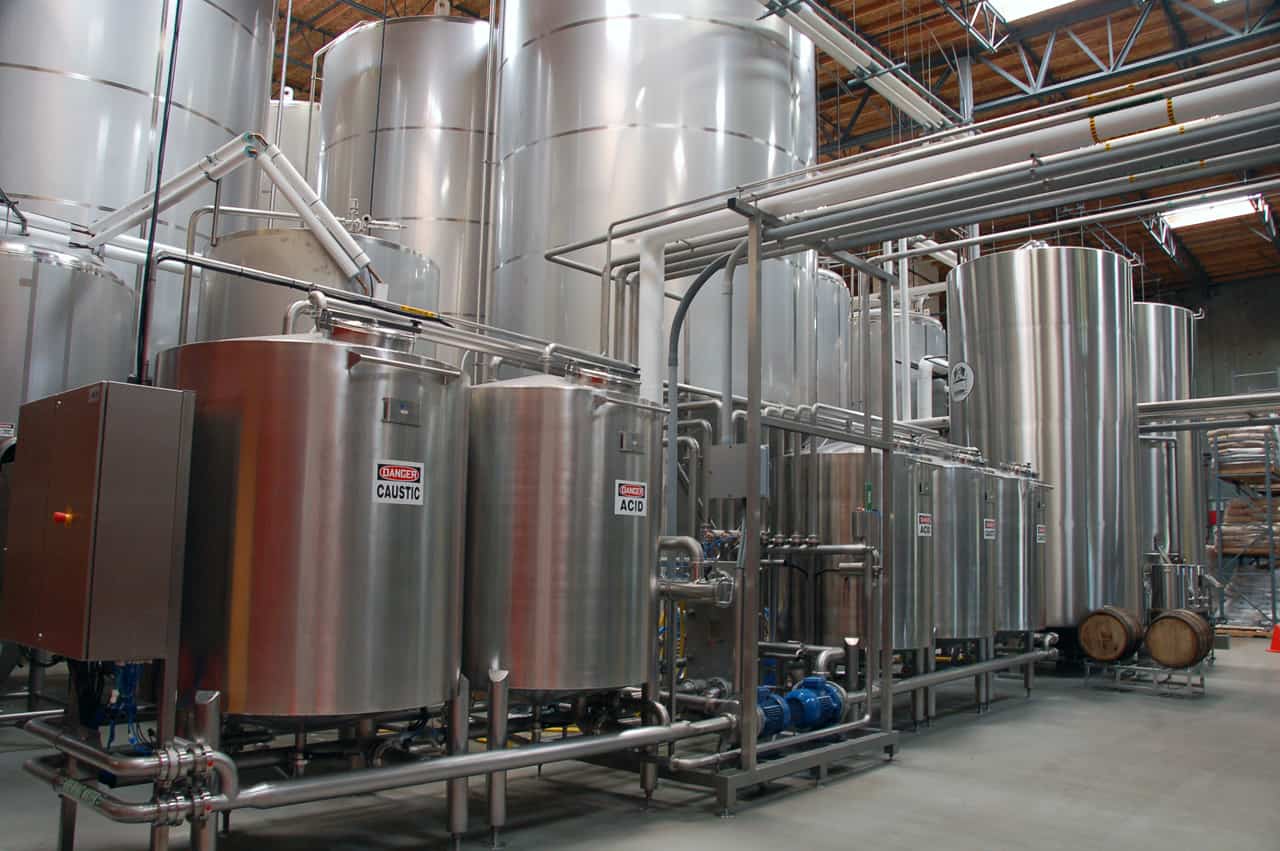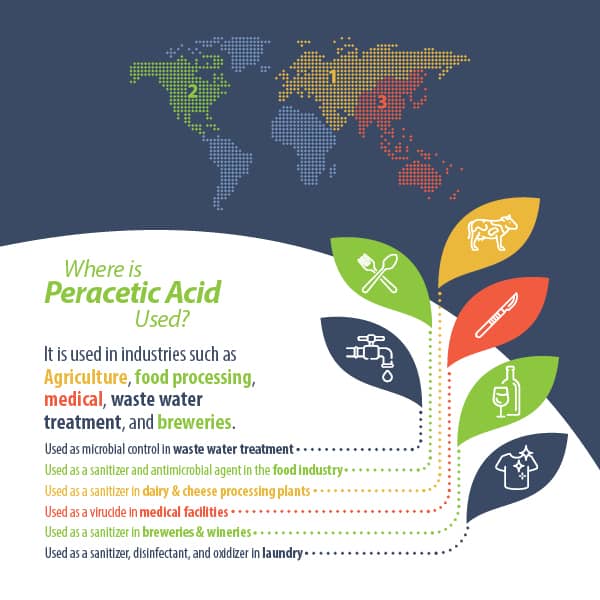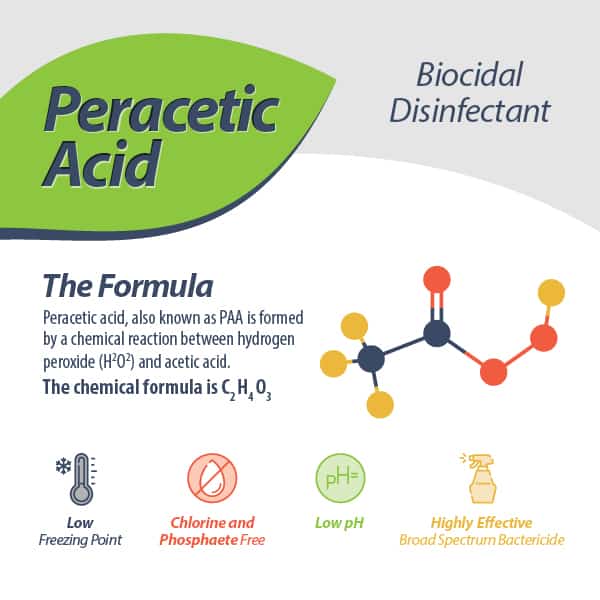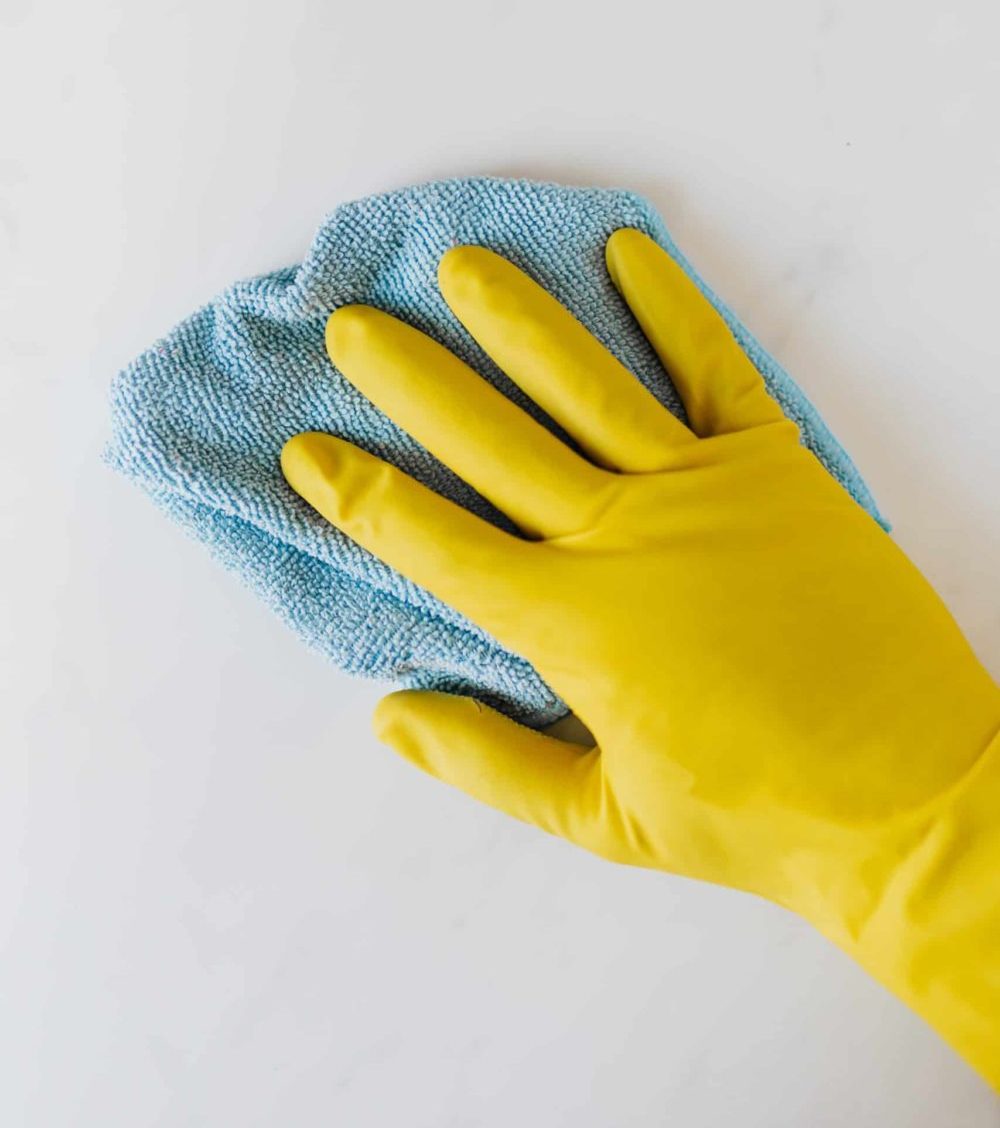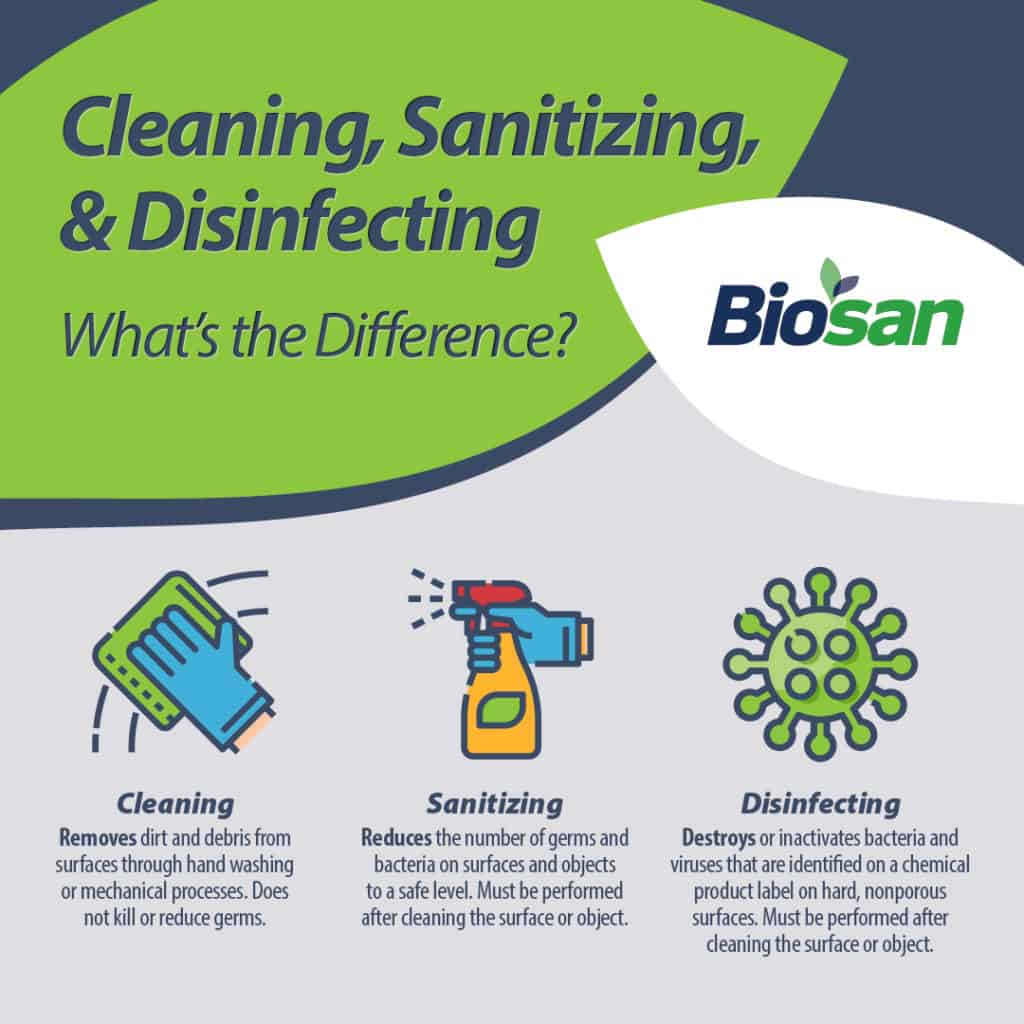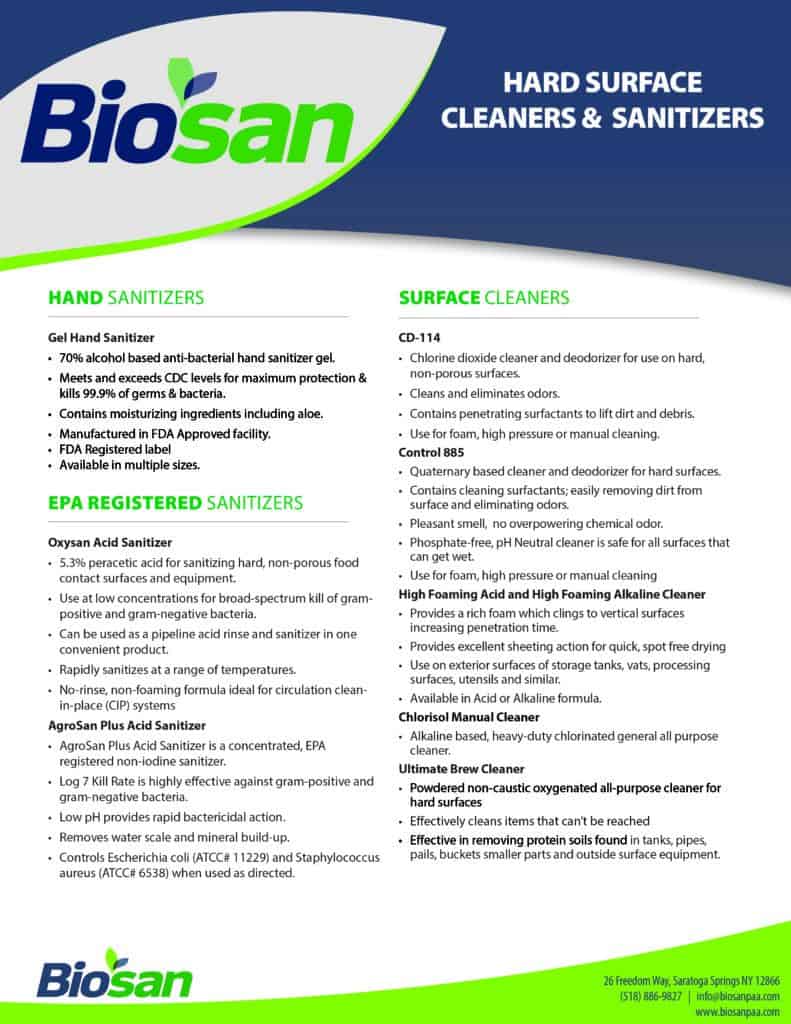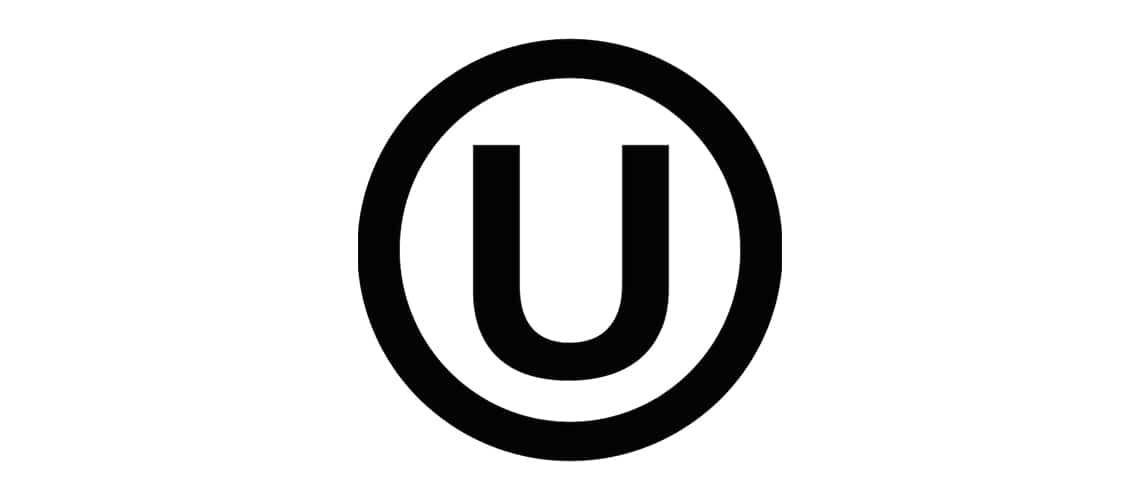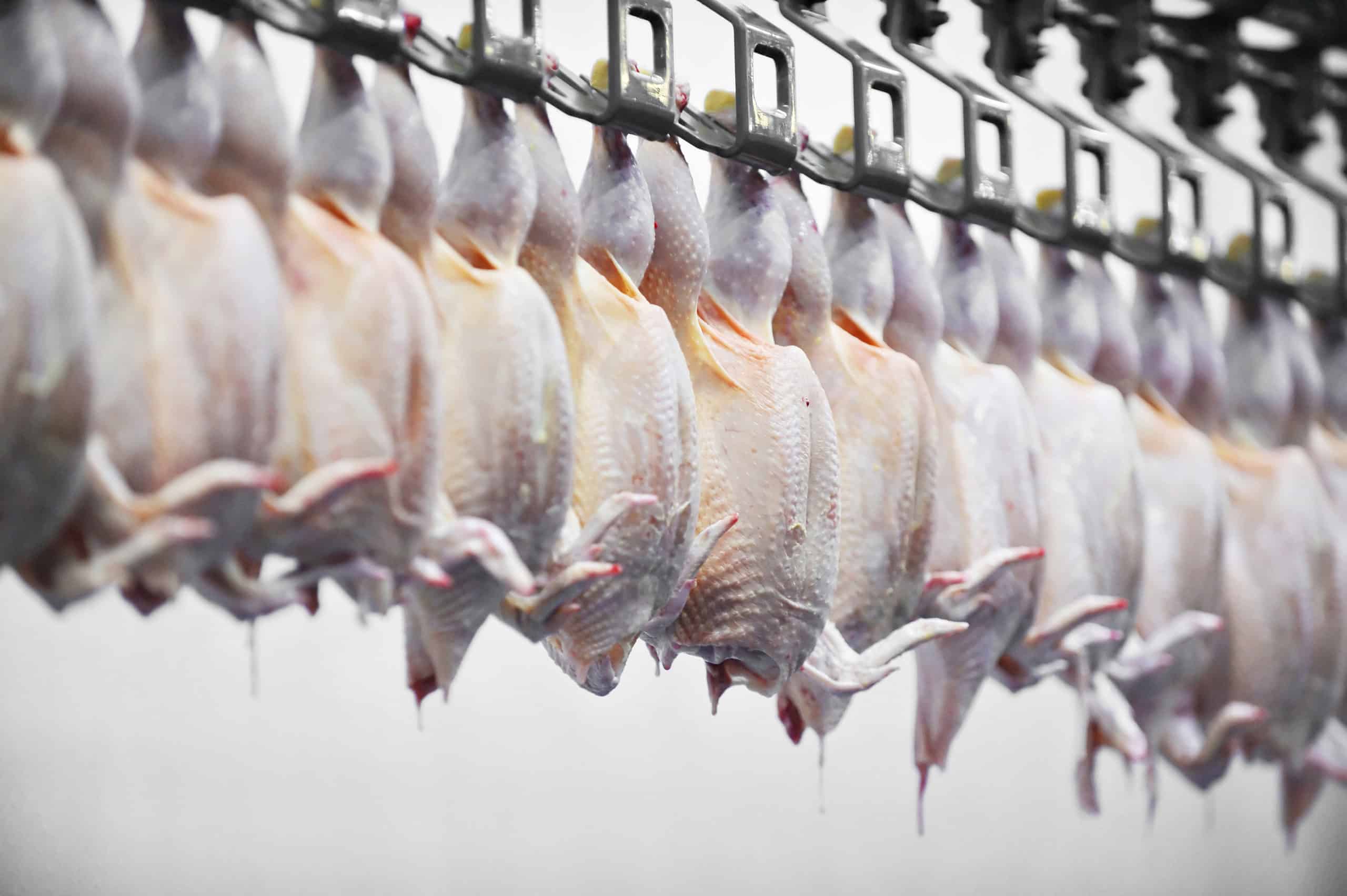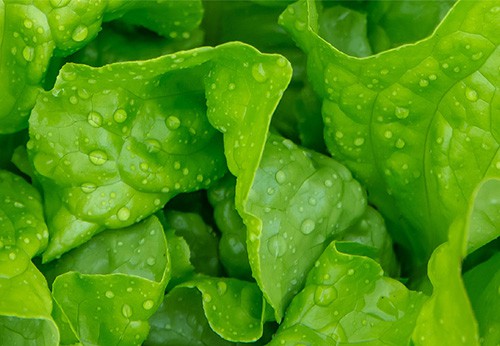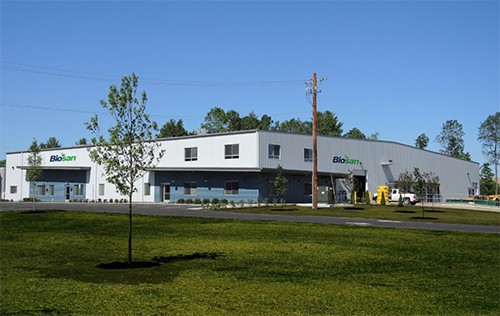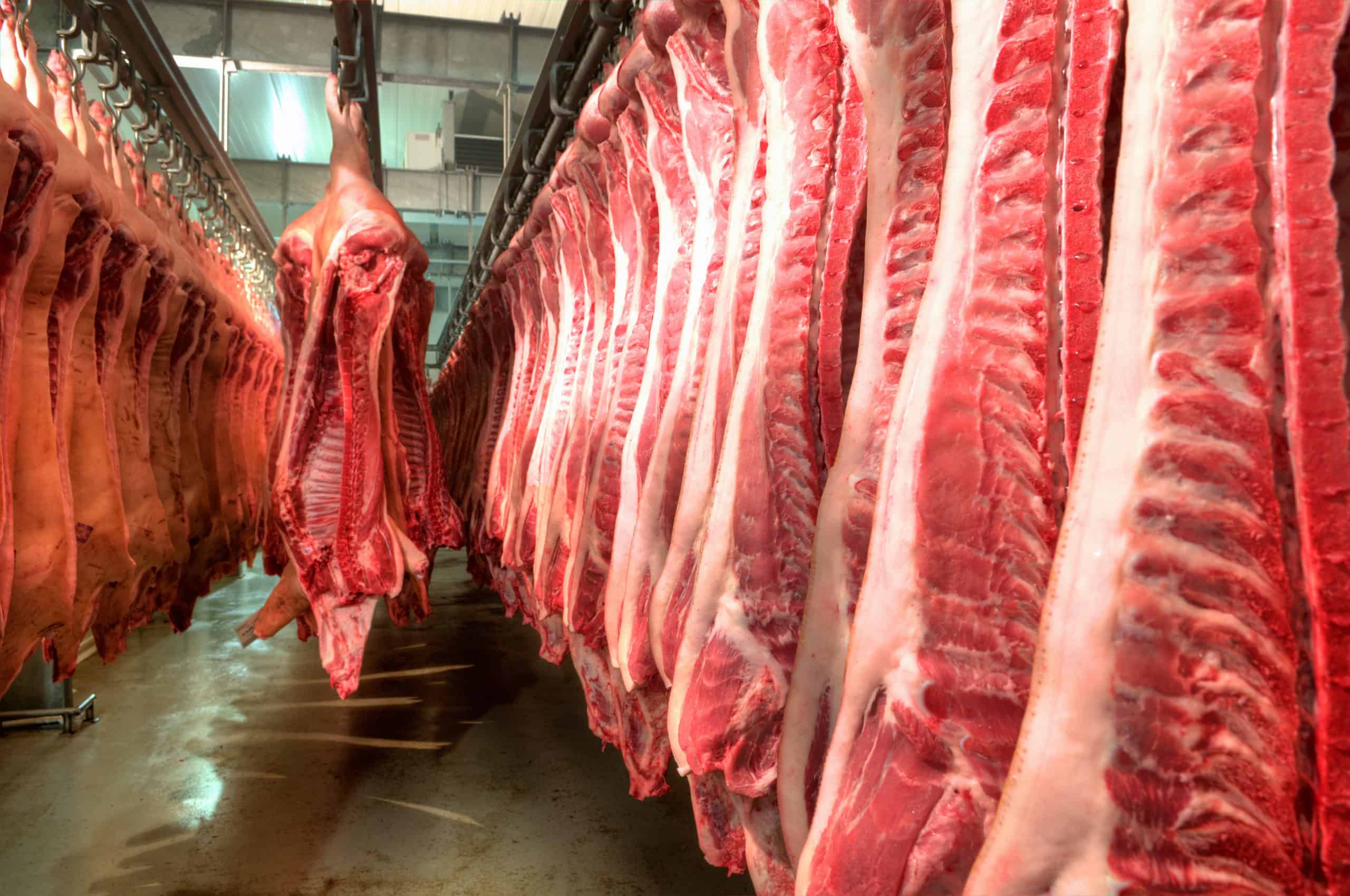Visiting a brewery is often a very enjoyable experience. You get to try new fresh, crisp beers that are being created only a short few step away. Yet only a few steps away, is a precipitate called beerstone, that may be hiding in tanks and kegs attempting to ruin that cold refreshing and enjoyable beverage.
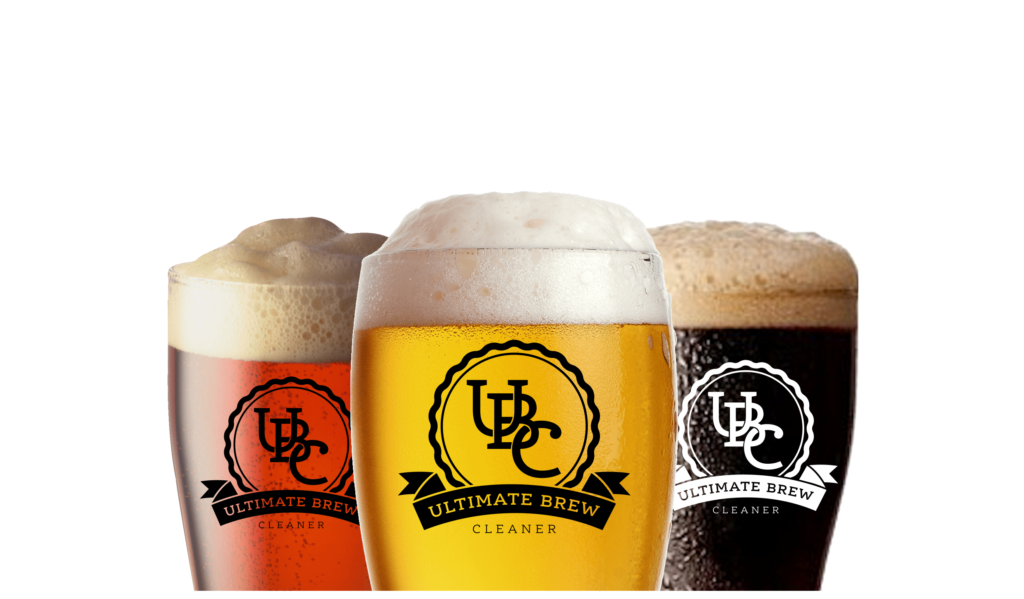
Beerstone is a grayish-brown scale composed of calcium oxalate (CaC2O4) and other organic substances forming on the inside surfaces of brewing equipment. This precipitate is largely formed by a reaction between alkaline cleaners (caustic), hard water minerals (calcium and magnesium) and protein (amino acids).
What can this seemingly harmless buildup do to that savory drink? At the most innocent level it can shorten the shelf life of the beer and create “off” tasing flavors. At its most evil, it can ruin an entire batch of beer with its overpowering “off” flavoring., forcing the brewery to dump all that promising goodness. This can be costly and consumes valuable brewery time and resources and forces beer drinkers to miss out.
The long-term consequence is the metal underneath the beerstone can become oxygen depleted and lose passivity, causing pitting. This can increase the odds of beerstone forming (returning??) and causing damage to valuable equipment.
Avoiding this heartbreak, is extremely important for that breweries and brewers are properly cleaning and sanitizing their brewing equipment. Improper will run the risk of beerstone building up, making it difficult to remove due to its resiliency.
A multistep approach is most effective for removing beerstone. Beerstone is a combination of protein buildup and mineral deposits, so removal works best when the protein is broken up using a caustic solution, such as AgroClean., The remaining buildup will dissolve when a heavy duty acidic cleaner, such as StrongHold, or a powerful acid sanitizer like Oxystrike is applied. Once free of beerstone, metal surfaces typically require less aggressive chemicals to keep buildup from reoccurring.
AgroClean is a caustic, non-foaming alkaline CIP detergent. It is chlorine and phosphate free with scale inhibitors and rinse aids to promote rapid and clean sheeting. It is available in various formulations to cope with your water conditions.
Stronghold acid rinse products are also available in a wide range of formulations. They are made to neutralize alkalinity and react with minerals to prevent build up.
Oxystrike is an EPA Registered Acid Sanitizer with a punch of nitric acid to prevent build up. It combines the intensity of an acid rinse against proteins and phosphate scale with the proven sanitizing efficacy of a peracetic acid, in one labor saving step.
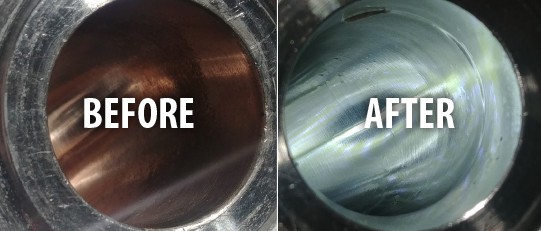
To learn more about how our products can help in your brewing solutions click here.

